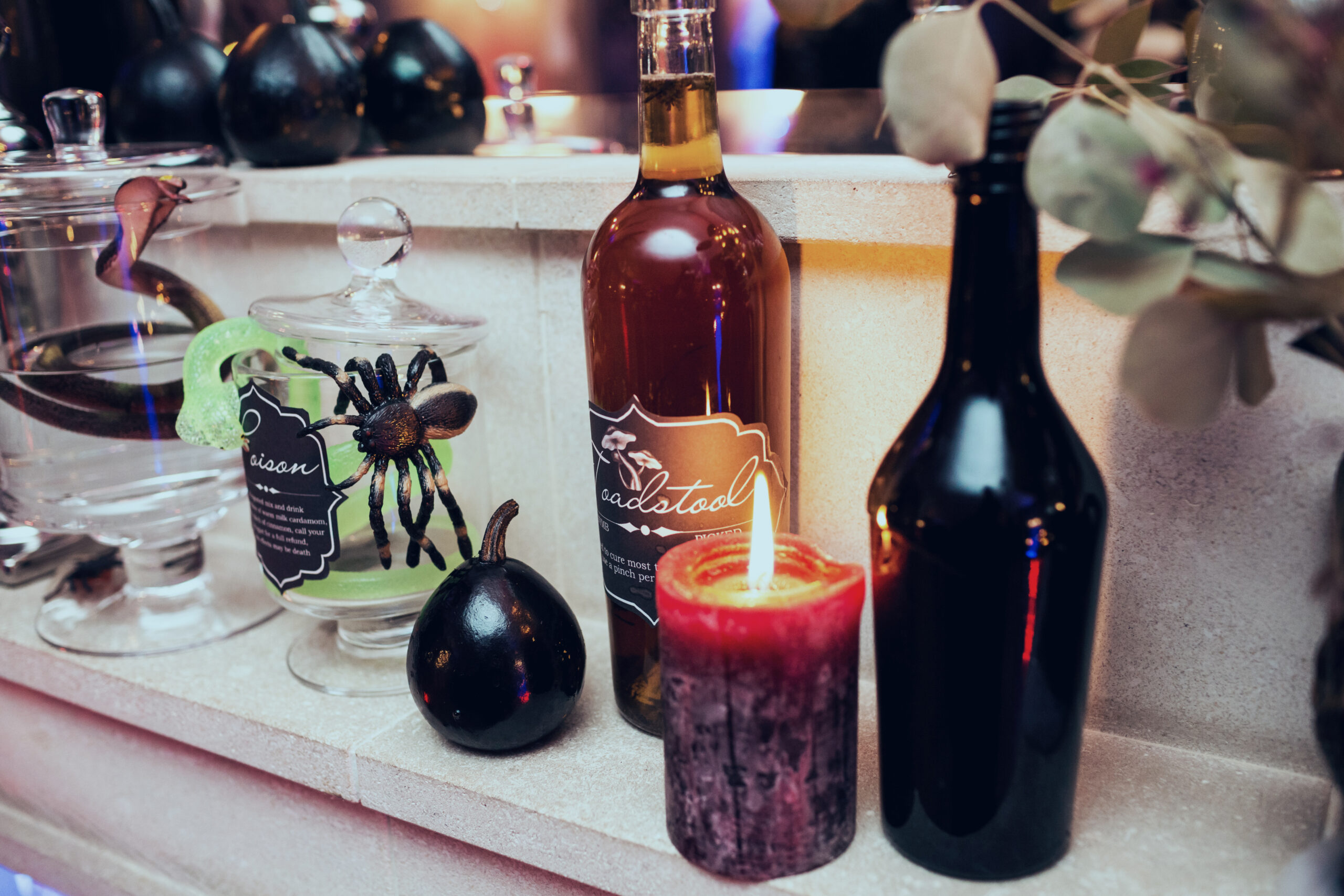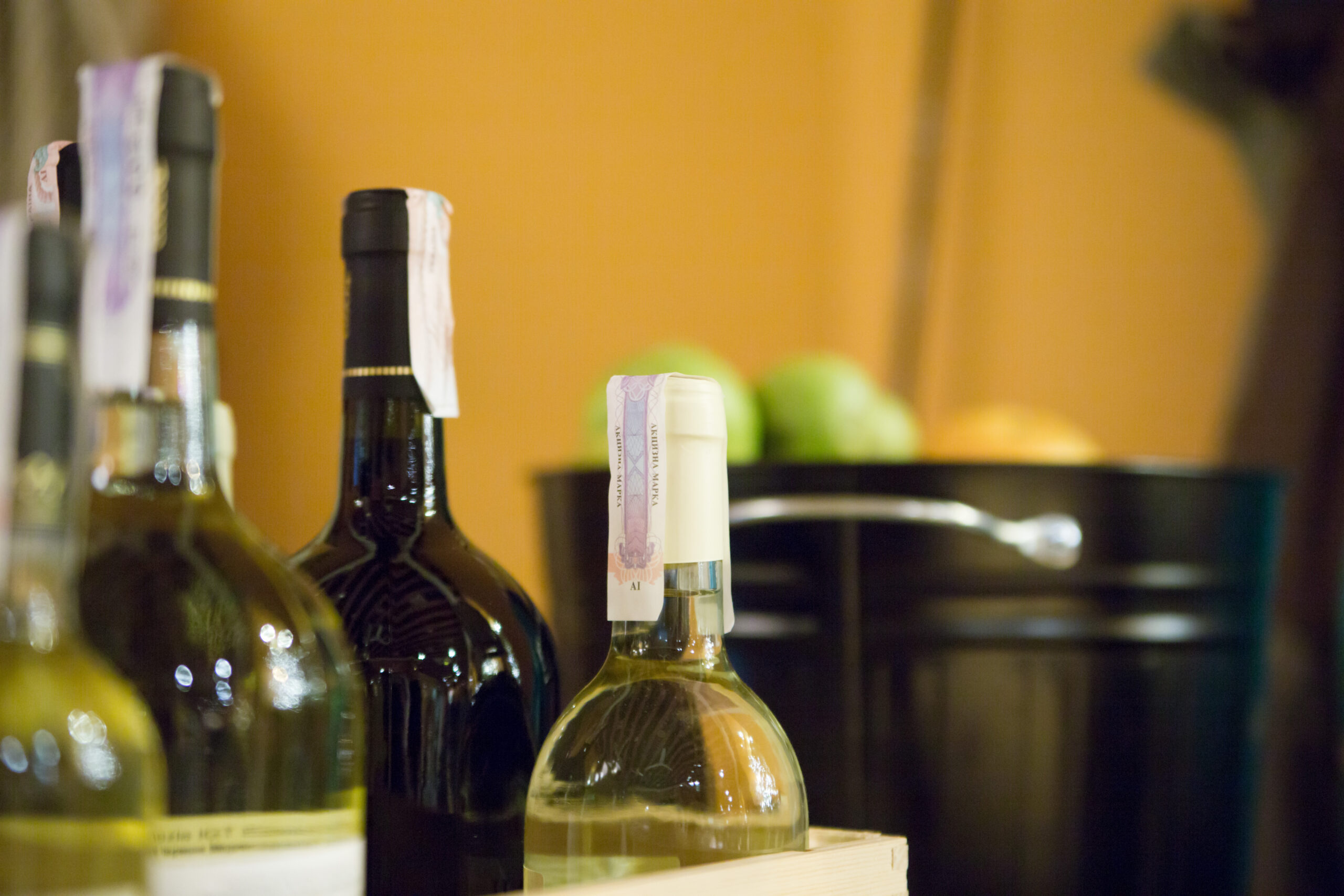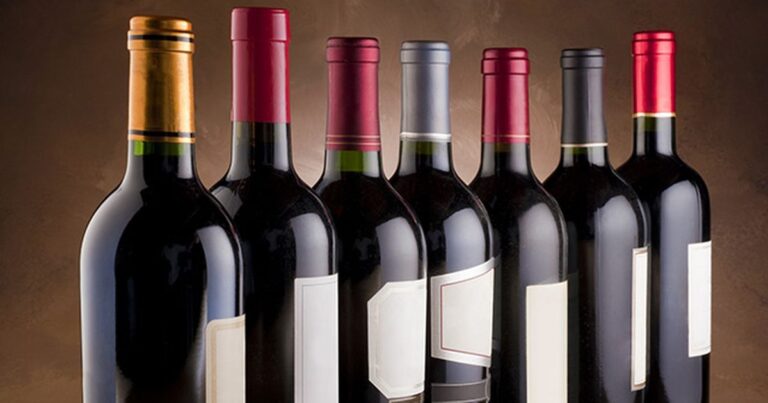
Are Wine Bottles Heat Resistant? No, wine bottles are not heat resistant. Standard glass bottles can crack or shatter under high temperatures, and heat exposure can negatively affect the quality of the wine inside by accelerating aging and causing undesirable flavor changes.
Introduction
When it comes to storing and enjoying wine, many of us wonder about various factors that affect the quality of our favorite bottles.
One common question is: “Are wine bottles heat resistant?“ In this article, I’ll explore the properties of wine bottles, the impact of heat on wine, and practical tips to keep our wine in top condition.
Understanding the Thermal Limitations of Wine Bottles

Understanding the Thermal Limitations of Wine Bottles
When I think about wine bottles, I often overlook their limitations when it comes to heat. Glass is a remarkable material, but it’s not perfect.
While it protects wine from light and contaminants, it doesn’t do a great job of insulating against temperature changes. I’ve realized that prolonged exposure to high temperatures can seriously affect the wine inside.
I’ve seen how heat can cause the glass to expand and contract, leading to potential leaks or even breakage. This makes me think that proper storage is crucial for preserving the quality of wine.
What Are Wine Bottles Made Of?
The Material of Wine Bottles
Wine bottles are typically made from glass, usually flint or green glass. The primary purpose of this glass is to protect the wine from light, which can degrade its quality over time.
However, this type of glass has limitations when it comes to heat resistance.
Glass and Thermal Conductivity
Standard glass, the kind used in wine bottles, is not known for its ability to handle high temperatures. Unlike materials engineered for extreme heat, this glass can be quite sensitive to heat.
It conducts heat to the wine inside, which can impact the wine’s quality.
How Heat Impacts Wine Quality: What I Need to Know
Heat is one of the biggest enemies of wine quality. From my experience, I’ve learned that high temperatures can drastically alter a wine’s flavor and aroma.
The heat speeds up oxidation, which means the wine can taste flat or even cooked. I’ve noticed that volatile compounds can evaporate due to heat, reducing the wine’s aromatic profile.
When I expose wine to heat for too long, it accelerates the aging process and can lead to spoilage. This is why I make sure to keep my wine at a consistent, cool temperature whenever possible.
The Science Behind Wine Bottle Glass and Heat Resistance
I’ve spent some time exploring the science behind wine bottle glass, and I found that its heat resistance is quite limited.
The glass used for wine bottles is usually clear, green, or brown, which helps protect against light but not necessarily heat.
I’ve learned that while glass can handle moderate temperatures, excessive heat can cause it to expand and contract, potentially compromising the seal and integrity of the bottle.
This makes me realize that I need to be extra cautious about how I store and transport wine.
Effective Methods for Protecting Wine During Hot Weather
Protecting wine during hot weather is something I take seriously. From my experience, using insulated bags or coolers is one of the best ways to keep wine at a stable temperature during transport.
I make sure to avoid leaving bottles in a hot car or exposing them to direct sunlight. When I’m storing wine, I prefer a climate-controlled environment with a consistent temperature. Investing in a wine fridge or a wine cellar has been a game-changer for me.
These steps help me ensure that my wine remains in the best condition possible.
Are Wine Bottles Heat Resistant?

Are Wine Bottles Heat Resistant?
Understanding Heat Resistance in Wine Bottles
So, are wine bottles heat-resistant? The straightforward answer is no. Wine bottles are not designed to resist heat. Here’s why:
- Glass Structure: The glass used for wine bottles is not intended to endure high temperatures. It’s relatively thin and can crack or shatter if exposed to rapid or extreme temperature changes.
- Wine Preservation: Wine is best preserved at a stable, cool temperature. Heat can accelerate the aging process, negatively impacting the wine’s flavor and aroma.
- Chemical Reactions: Heat can cause chemical reactions in the wine, leading to undesirable changes in taste and quality.
Why Proper Storage is Crucial for Maintaining Wine Quality
Proper storage is crucial for maintaining wine quality. I always store my wine bottles on their sides to keep the corks moist and prevent oxidation.
I’ve learned that the ideal storage temperature is around 55°F (13°C) with 60-70% humidity. Keeping my wine in a dark, vibration-free environment helps preserve its original characteristics.
Without these careful storage practices, I’ve found that wine can deteriorate much faster, losing its value and flavor.
Best Practices for Transporting Wine in Hot Conditions
Transporting wine in hot conditions is a challenge I’ve faced several times. To keep the wine in good shape, I use insulated containers or coolers.
When I travel, I avoid leaving wine in a hot car and try to shield it from direct sunlight. For longer journeys, I prefer temperature-controlled delivery services.
I’ve also found that wrapping bottles in cooling sleeves or packing them in ice-filled coolers helps maintain a stable temperature.
Monitoring the temperature during transit has been a useful practice for me to ensure the wine arrives in the best possible condition.
How Heat Affects Wine and What I Can Do About It
Heat has a significant impact on wine, and I’ve learned how to manage it effectively. Exposure to high temperatures accelerates oxidation and causes undesirable chemical reactions, which can lead to cooked flavors and a loss of freshness.
To combat this, I make sure to minimize the wine’s exposure to heat by storing it in a cool, stable environment.
If I discover that my wine has been exposed to heat, I try to consume it sooner rather than later to enjoy it before it deteriorates further.
The Impact of Heat on Wine
Heat can significantly affect the quality of wine. When wine is exposed to high temperatures, several things can happen:
- Oxidation: Heat speeds up oxidation, which can lead to off-flavors and spoilage. Oxidation happens when the wine is exposed to oxygen, and high temperatures accelerate this process.
- Flavor Changes: High temperatures can alter the chemical composition of the wine, resulting in cooked or baked flavors that are typically undesirable.
- Cork Integrity: Heat can also affect the cork, causing it to expand and lose its seal. This can allow air to enter the bottle, further deteriorating the wine.
How to Protect Wine from Heat
Proper Storage Techniques
To keep wine in good condition, it’s crucial to store it correctly:
- Temperature Control: Maintain wine at a stable temperature between 45-65°F (7-18°C). Avoid fluctuations, as sudden changes can be damaging.
- Dark Environment: Store wine in a dark place since UV rays can also negatively affect the wine.
- Humidity: Maintain moderate humidity to keep the cork from drying out and to prevent oxidation.
Transporting Wine in Hot Conditions
When transporting wine, especially in hot weather, consider these tips:
- Use Insulated Containers: Utilize insulated coolers or specialized wine carriers to protect the wine from heat.
- Avoid Direct Sunlight: Ensure that wine bottles are not exposed to direct sunlight during transport.
- Plan Ahead: If possible, transport wine during cooler parts of the day or use temperature-controlled shipping options.
Tips for Creating the Perfect Wine Storage Environment
Creating the perfect wine storage environment is something I take great care in. I maintain a consistent temperature around 55°F (13°C) and keep humidity at 60-70% to prevent corks from drying out.
I store my wine bottles on their sides and ensure that the storage area is dark and vibration-free. Investing in a wine fridge or a dedicated wine cellar has made a significant difference in preserving the quality of my collection.
Proper ventilation is also important to avoid mold and unpleasant odors. These practices help me ensure that my wine remains in optimal condition for years to come.
FAQs
What is the best temperature to store wine?
The ideal temperature for storing wine is between 45-65°F (7-18°C). This range helps preserve the wine’s quality and prevents premature aging.
How does heat affect the aging of wine?
Heat can accelerate the aging process, causing the wine to develop off-flavors and aromas. It can also speed up oxidation, which can spoil the wine.
Can I store wine in a regular kitchen cabinet?
It’s not recommended to store wine in a kitchen cabinet due to fluctuating temperatures and exposure to light. A cool, dark, and stable environment is preferred.
How can I tell if my wine has been heat-damaged?
Heat-damaged wine may have a cooked or stewed flavor, a brownish color, and a musty aroma. The cork might also be compromised.
Are there any special wine storage solutions for extreme climates?
Yes, wine refrigerators or climate-controlled wine cellars are ideal for extreme climates, providing a stable temperature and humidity level.
Conclusion
In conclusion, are wine bottles heat-resistant? The answer is no. Wine bottles, typically made of standard glass, are not designed to withstand high temperatures.
Heat exposure can adversely affect both the bottle and the wine inside, leading to potential spoilage and loss of quality.
To protect our wine, it’s essential to store it in a stable, cool environment and to use proper packaging during transport.
By following these guidelines, we can ensure that our wine remains in excellent condition and continues to offer the flavors and aromas we love.






